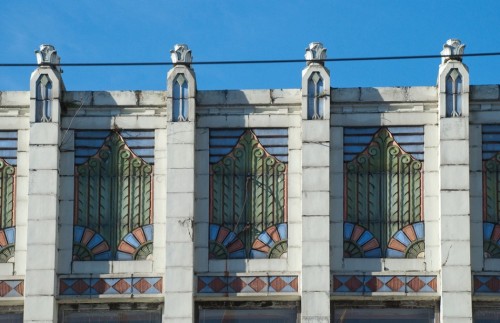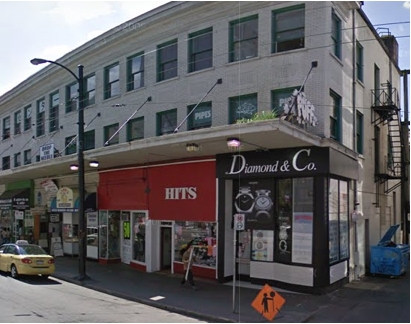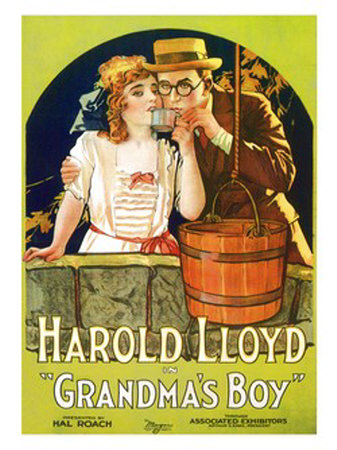Ghost Block
by Zbigniew
The Power Block (817-819 Granville Street) was constructed in 1888 for one Captain William Power, also known as “the Mayor of Moodyville” in that small north shore hamlet that apparently lacked for elected representation. The structure was enlarged and renovated in 1911 by owner Dominic Burns, of the meat packing Burnses. In 1929 the exterior façade was added by soon-to-be City Hall architects Townley & Matheson –art deco terra cotta, a little heavy on the Egypt.
Repurposed, renovated, retrofitted, for more than 100 years the Power Block served as everything from saloon to Canadian Imperial Bank of Commerce to discount outlet for antiquated media platforms. Longevity and idiosyncrasy notwithstanding, the building rated a modest “B” designation on the local heritage roll: only the façade need be protected. As so it was –the building’s deceased, its death mask remains.
Much less information is readily available about the adjacent structure that stood at 720 Robson: the Farmer Building was built in 1922.
The Farmer was an exemplar of the “fine grain” streetscape, home to an eclectic mix of downmarket businesses: the Babylon Café, Puff, Lynn’s Jewellery, hairdressers, tailors etc etc.
I recall drifting off a downtown perambulation to restock my supply of quality rolling papers. The building offered a full sensory experience: the ivory hexagonal tiles in the foyer, the gentle creek of the yielding staircase, the slightly dusty-musty and unmistakable scent of age. “Back in 5 minutes” announced the handwritten sign on the locked second floor door. In no particular hurry, I stepped out onto the fire escape and outside the flow of time: I took in the sunny and warm/cool spring day, the blue sky cut by power lines, the street life.
I remember Granville Optical’s macabre Halloween displays of nightmare miniatures and fashionable eyewear and the concert posters lining the stairway down to the cavernous basement, where I found vintage pants, shirts and shoes of true value.
But amongst the development gnomes and ogres -the ghost makers, the masters of loss and forgetting- a 90 year-old building lacking in sanctioned architectural features was a little too quaint, too marginal. And so it goes: the Farmer was obliterated.
In the brief interval between the Farmer’s destruction and the systematic dismantling of the Power Block, a “ghost sign” was uncovered, a hand painted advert for the Harold Lloyd silent two-reeler Grandma’s Boy, complete with hand directing 1922’s audiences to the Capital Theatre across Granville, itself long since vanished.
While both the Power and Farmer blocks disappeared with barely a hubbub, the discovery of these few painted bricks generated a sentimental frenzy: the twitterverse and blogosphere were agog over the sign’s whimsy, beauty and historical significance (sic); the International Film Centre organized a screening of Lloyd’s forgettable feature; the Mark James Group considered installing the sign in a new restaurant.
But it’s a matter of course that any action blessed by our masters –the Planning Department- is a Juggernaught that will not, cannot, be swayed: the ghost sign is itself a ghost.







